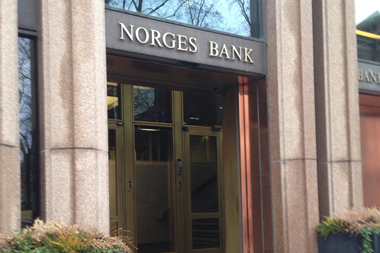The pension funds for cabin crew and pilots of Dutch airline KLM have increased their interest rate hedges to protect their funding ratios in the run-up to their transition to a new defined contribution (DC) arrangement.
The pilots’ fund also sold stocks, according to the schemes’ recently published annual and quarterly reports.

Both funds, which manage some €14bn between them, plan to switch to DC on 1 January 2026. KLM’s cabin crew fund has upped its interest rate hedge from 70% to 80% this year, said trustee Selma Smit, who does not rule out further measures to protect the scheme’s funding ratio.
The KLM fund for pilots also increased its interest rate hedge in the second quarter of this year, although it declined to say to what extent.
Its allocation to equities was also reduced from 32% to 25%, according to the pension fund’s 2024 quarterly reports. The money that was freed up has been re-invested in government bonds and cash, said Anoushka Sankatsing, the pension fund’s director.
The pilots’ scheme has by far the highest funding ratio of the three KLM pension funds (there’s also a fund for ground crew, which has not yet taken any measures to protect its funding ratio), at 168.5% at the end of June.
The funding ratios of the airline’s other two funds are significantly lower.
Active/passive
The pilots’ fund also plans to evaluate its investment policy, currently a mix of active and passive management. Initially, a policy document on this was to be drawn up last year, but this did not happen because the fund’s board was “too busy” with the pension transition.
The fund for cabin crew also plans to make adjustments to its investment policy.
“To make the portfolio fit for the new pension system, adjustments will have to be made to the policy,” the scheme’s accountability body said in the pension fund’s annual report.
“The investment policy is likely to change under the new system, but that question will not be on the table until next year when we start designing the new investment policy,” noted Smit.
The latest digital edition of IPE’s magazine is now available























No comments yet